 Our last two blogs, The OUTTHINKER PROCESS – FIRST STEP (Example) and Calculate Your OUTthinker Score – The Assessment Re-Visited shared an example of my customers 1st step in the Outthinker Process plus we revisited how the assessment to calculate your Outthinker Score with the 8 P’s.
Our last two blogs, The OUTTHINKER PROCESS – FIRST STEP (Example) and Calculate Your OUTthinker Score – The Assessment Re-Visited shared an example of my customers 1st step in the Outthinker Process plus we revisited how the assessment to calculate your Outthinker Score with the 8 P’s.
Our next step in the Outthinker Process selects 3 or more leverage points to focus the 8 P’s exercise we completed. Step Twos intention, Dissect, is to choose the strategic areas you have an advantage, develop new innovations, to generate new revenue opportunities.
What if you can find two to three ideas to increase your current revenue 50 – 100% or more? The outcome of the Outthinker Process produced this kind of potential revenue for my customer.
STEP 2 – DISSECT (3 Leverage Points)
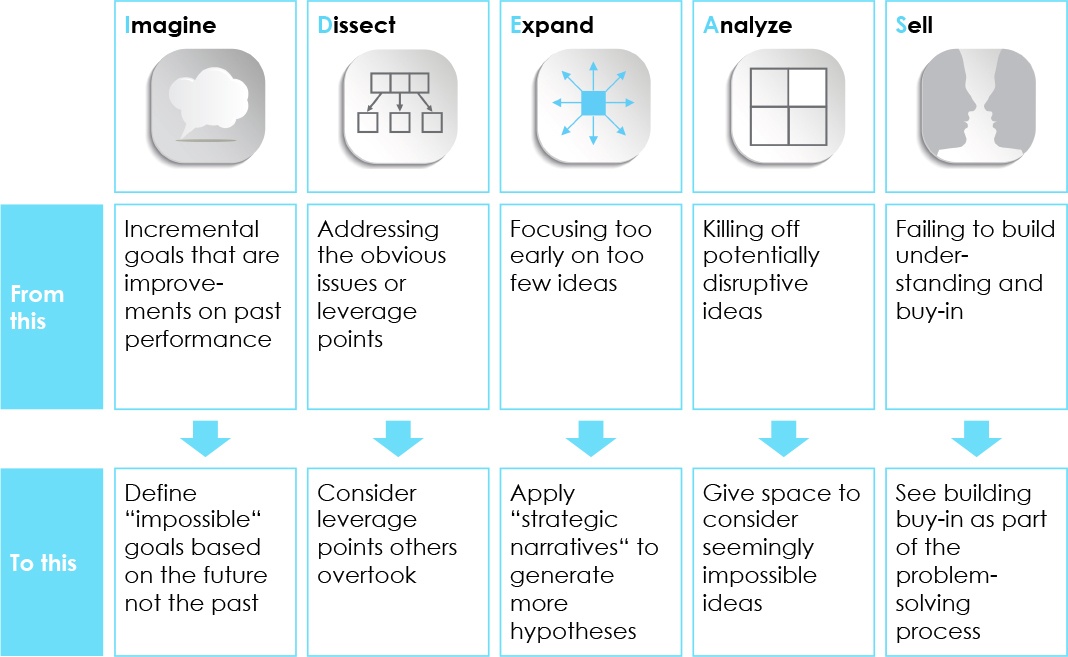 Your objective is to think strategically about which leverage points your strategy should focus on. Kaihan Krippendorff instructed us to follow three steps:
Your objective is to think strategically about which leverage points your strategy should focus on. Kaihan Krippendorff instructed us to follow three steps:
- Assess where you are weak, average, or have an advantage
- Identify 4 types of leverage points (Ps)
- A weakness to address
- An advantage to leverage
- The obvious leverage point (P) given your strategic goals (defined in Imagine)
- The unexpected leverage point (P) that you or your competition would normally overlook
- Then select up to 3 leverage points to focus on now
Assess your Outthinker 8 P’s Score
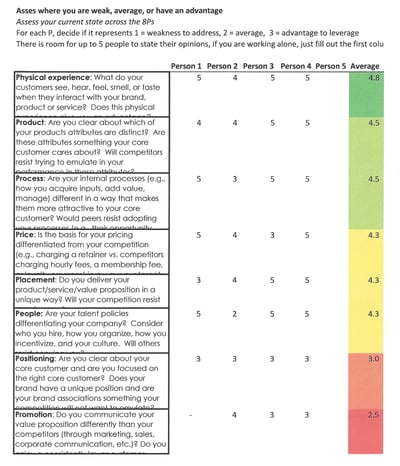 Your businesses’ success depends on your ability to differentiate yourself from the competition. This is why the 8 P’s assessment is so vital for your business to take. It’s also critical to assess your business objectively. I found it to be a far better tool than the typical Strengths/Weaknesses Assessment that most businesses do annually. The former only assesses your strengths and weaknesses. It fails to look at how you compare against your competition.
Your businesses’ success depends on your ability to differentiate yourself from the competition. This is why the 8 P’s assessment is so vital for your business to take. It’s also critical to assess your business objectively. I found it to be a far better tool than the typical Strengths/Weaknesses Assessment that most businesses do annually. The former only assesses your strengths and weaknesses. It fails to look at how you compare against your competition.
The Outthinker Score measures your level of competitiveness. The higher your score, the easier it will be for you to grow fast and profitable. Krippendorff’s research shows if you can increase your score over your competition you achieve 40% faster growth and/or profitability.
For each of the 8 dimensions, rate your business as being “behind” the competition, “competitive” with the competition, or “different and superior” to the competition. Here’s my customer example as to how they rated their business on the 8 P’s.
You can see by their scoring, my customers team scored their highest in Physical Experience, Product, and Process
Strategy Focus
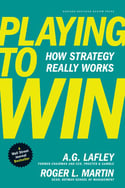 My customers leadership team, Kaihan and I met for dinner the evening before. One of our leadership team members quizzed Kaihan on the best books he’s read. At the top of his list was Playing to Win by A.G. Lafley and Roger L. Martin. If you feel you fail to understand Strategy, if your business is struggling to grow top line revenue, Playing to Win is a must read. Playing to Win Defines Strategy as an integrated set of choices that uniquely positions the firm in its industry so as to create sustainable advantage and superior value relative to the competition.
My customers leadership team, Kaihan and I met for dinner the evening before. One of our leadership team members quizzed Kaihan on the best books he’s read. At the top of his list was Playing to Win by A.G. Lafley and Roger L. Martin. If you feel you fail to understand Strategy, if your business is struggling to grow top line revenue, Playing to Win is a must read. Playing to Win Defines Strategy as an integrated set of choices that uniquely positions the firm in its industry so as to create sustainable advantage and superior value relative to the competition.
How are your business doing in strategy with this definition? (As mentioned previously this is why I’ve found the Outthinker Assessment Score so compelling!)
It also gives five reasons how leaders approach strategy in ineffective ways.
Our next step in Dissect is to determine which of the 8 P’s our strategy should focus on. You would think given the results of the previous exercise, the top 3 vote getters would be the focus of our strategy. By having the team vote you can see the results didn’t come out directly to this. Process and People were two clear choices, However Promotion and Physical Experience were tied for 3rd. You might think that since Physical experience was the clear winner in the previous leverage point it would emerge as the leader. It didn’t.
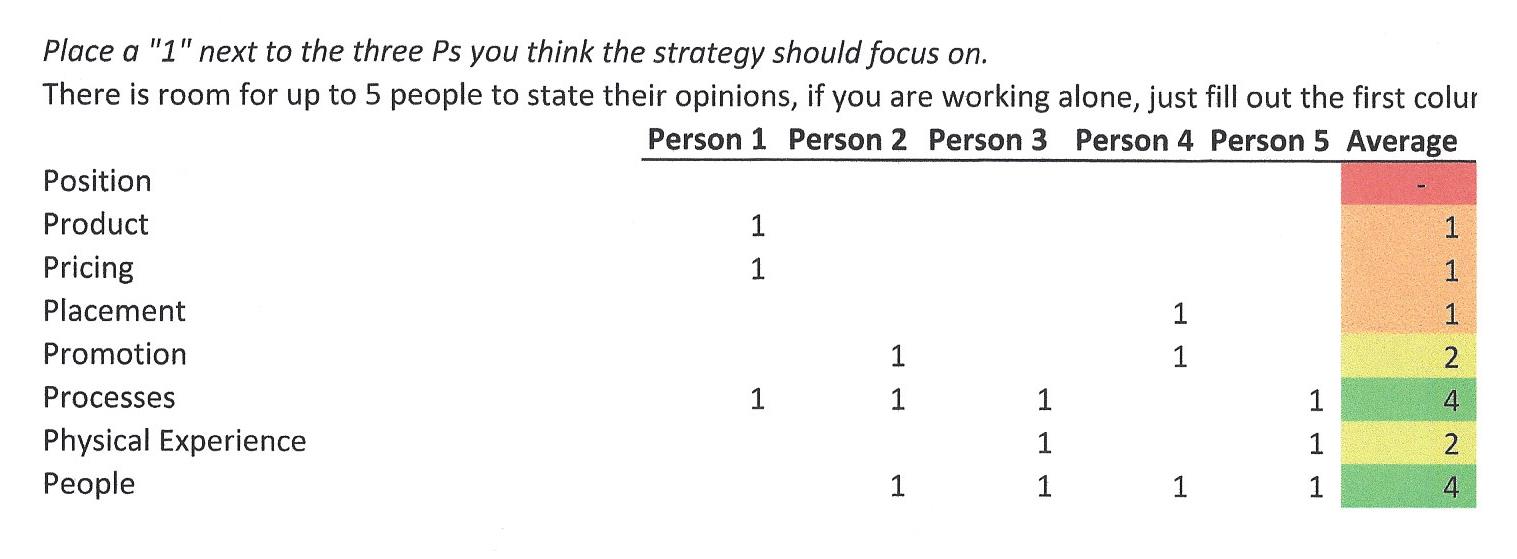 There were a myriad of reasons It did not. Too many to share here.
There were a myriad of reasons It did not. Too many to share here.
Step 3 is next: Expand.
In Develop Disruptive Innovation – Step One: Generate Lots of Ideas we shared why in order to come up with a great innovation, you need to do as Thomas Edison, “To get a great idea, come up with lots of them.” In the blog we shared ideas from Adam Grant’s Originals and Kaihan Krippendorff’s Outthink the Competition.
Growth demands Strategic Discipline.
The 3 Strategic Disciplines: Priority, Metrics and Meeting Rhythms help your business dramatically improve your forecasting, and alignment, empowering your team to achieve accelerated growth. These Execution principles pave the road to success on your 3-5 year plan.
Positioning Systems helps your business grow through the Four Decisions: People, Strategy, Execution, Cash. We’ll help your business achieve Execution Excellence.
Each of the Four Decisions Produces a specific outcome. In our coaching process, we repeat examples and the definitions of the Four Decisions frequently to make sure our customers remember the value and result each decision produces for your business.
|
DECISION |
RESULT/OUTCOME |
|
PEOPLE |
|
|
STRATEGY |
|
|
EXECUTION |
|
|
CASH |
|
If you’re business is failing to achieve industry leading results in any of these areas, that Decision should be your One Thing.
Positioning Systems helps mid-sized ($5M - $250M) business Scale-UP. We align your business to focus on Your One Thing! To achieve growth, you need to evolve in today’s rapidly changing economic environment. Are you avoiding a conversation with yourself on how to can successfully grow your business? Contact dwick@positioningsystems.com to Scale Up your business! Take our Four Decisions Needs Assessment to discover how your business measures against other Scaled Up companies. We’ll contact you.
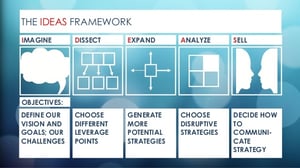 NEXT BLOG: EXPAND – Apply “strategic narratives” to generate more hypotheses.
NEXT BLOG: EXPAND – Apply “strategic narratives” to generate more hypotheses.
Many businesses formulate one idea, as the savior for generating more revenue. Then fail because they didn’t properly vet it or have any backup plan if this “great” idea fails.
One of the greatest benefits to the Outthinker Process is eliminating ideas which don’t past the muster of being differentiating, generating enough revenue to matter, or having a long enough shelf-life before your competitors do it. My customer generated 192 ideas. Not all of them were winners! Next blog, how to Expand the number of strategy





.jpeg?width=150&height=135&name=Hand%20with%20marker%20writing%20the%20question%20Whats%20Next_%20(1).jpeg)

